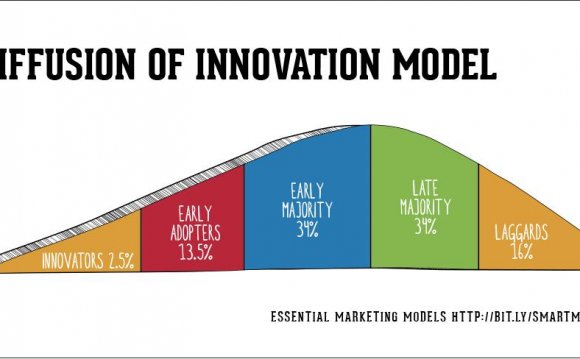
The major driving force for the study of diffusion in semiconductor materials is the technological importance of the diffusion process step for integrated circuit (IC) fabrication. Because of undesirable and unpredictable diffusion phenomena, modern process technologies try to reduce diffusion by decreasing the thermal budget. This can be done by reduction of the process temperature or by performing short term annealing processes (RTA) at high temperatures. In all cases the behavior of the diffusion species is anomalous. While lowering the processing temperature does indeed reduce diffusion, enhanced diffusion phenomena became important in the low temperature regimes. As the enhanced diffusion is covered by the dopant self-diffusion at high temperatures, it can become dominant in some low temperature cases [Bac92a]. Within RTA processing abnormalities of the dopant profiles are observed and, therefore, conventional diffusion theories fail. There is still a considerable need for understanding diffusion processes in semiconductor materials.
Silicon is the most important substrate material in semiconductor manufacturing. Most of the established diffusion models are focused on silicon, but other materials are also an area of interest for diffusion modeling. For shallow junction fabrication the outdiffusion of dopants from a doped material layer is important. The two main contenders of silicon in this field are silicides and polycrystalline silicon layers. In this chapter we describe the basic diffusion mechanisms in silicon, including the important role of extrinsic and intrinsic point-defects. In Section 3.2 we give a detailed description of the morphology, the grain growth behavior and the major diffusion sources of polycrystalline silicon. We close this chapter with the diffusion behavior in silicon dioxide and metal-silicon alloys, known as silicide materials.
Source: www.iue.tuwien.ac.at
RELATED VIDEO
Problem on Semiconductors (Diffusion) - GATE 2003 ECE ...
Skal 22 - Evaluation of Diffused Layers in Semiconductors
GATE 2014 ECE Hole diffusion constant of semiconductor

